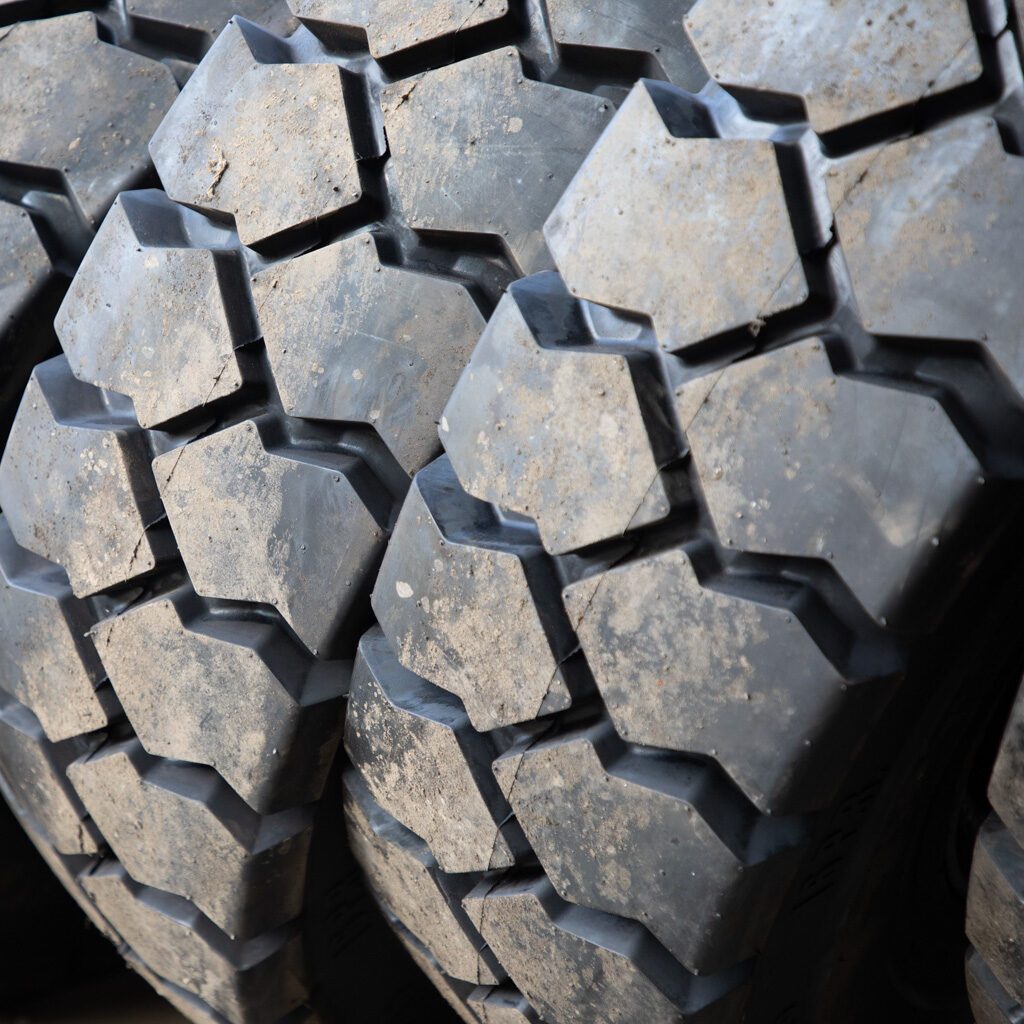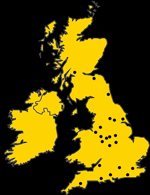When it comes to tyres, there’s a lot of talk of radial and bias (or cross-ply) tyres. What do these terms mean though, and what are the benefits of each?
Talking ply
The difference is mainly between the layout of plies within the tyre. These are the layers of rubber reinforced by thin cords made of steel and other textiles. They make up the internal structure of the tyre beneath the tread and outer walls. The cords run around the tyre’s cross section giving it strength and sturdiness.
To learn more about this and other parts of the tyre, check out our blog on OTR tyre parts.
What’s the difference
The difference between bias and radial ply tyres is in the direction of the chords…
Bias Tyres
Bias tyres were the first to be invented in 1888 and were constructed of interlocking cords laid at 30–40-degree angles to the direction of travel. The different layers pointing in different directions interlock like a weave creating a strong structure for the whole tyre.
These tyres are less firm than radial tyres, returning to their original shape more easily when deformed. They provide a smoother ride at low speeds and on rough surfaces, keeping the operator and load steady when traveling over small bumps. The strong, uniform weave of the ply also means that the tyres can withstand larger loads. This makes them ideal for earthmovers on rough ground, as well as dumper trucks and other ultra-heavy goods vehicles.
On the downside, bias tyres perform worse at high and even moderate speeds, having less grip and flexibility as well as more sensitivity to overheating. They also wear faster and increase fuel consumption.
Radial Tyres
In radial tyres, the steel cords in the ply are laid at a right angle to the intended direction of travel. These cords go all the way around the outside of the tyre from bead to bead, or inner rim to inner rim. Additionally, belts of reinforcement cords are laid beneath the tread of the tyre, running around the circumference in the direction of travel or at a slight angle to it. These protect the inner plies and give shape to the tyre.
This construction allows the tyre to maintain its shape with much more flexibility in the tyre wall, meaning more grip. The radial tyre provides more heat-resistance and ride comfort at high speeds. Additionally, it wears slower. Radial tyres are favoured for almost all cars and modern road vehicles.
Disadvantages include tendency to role, poor reaction to bumps and uneven surfaces and vulnerability to sidewall damage. As you can imagine, this rules out the generally superior road tyre from many earthmoving and off-the-road uses.
So, which is the best OTR tyre for my job?
Put simply, bias tyres are better for most earthmoving tasks and truly off-road situations. The exception to this is when high speeds and good control are needed on firm, smooth road-like surfaces. Then radial tyres come to the fore unless very heavy loads are involved.
Share this post


